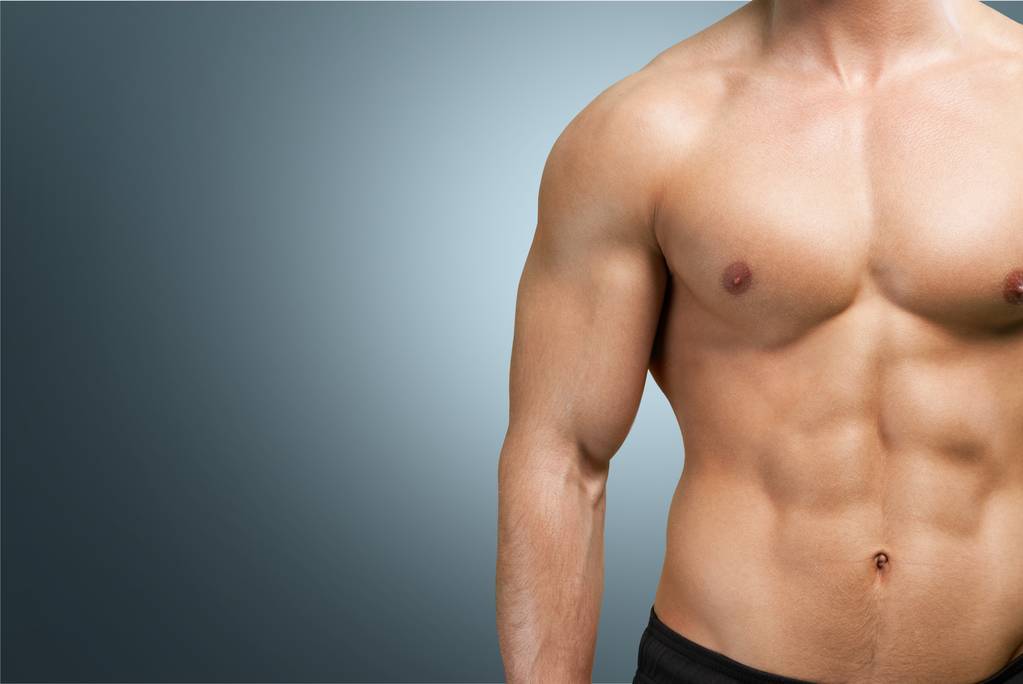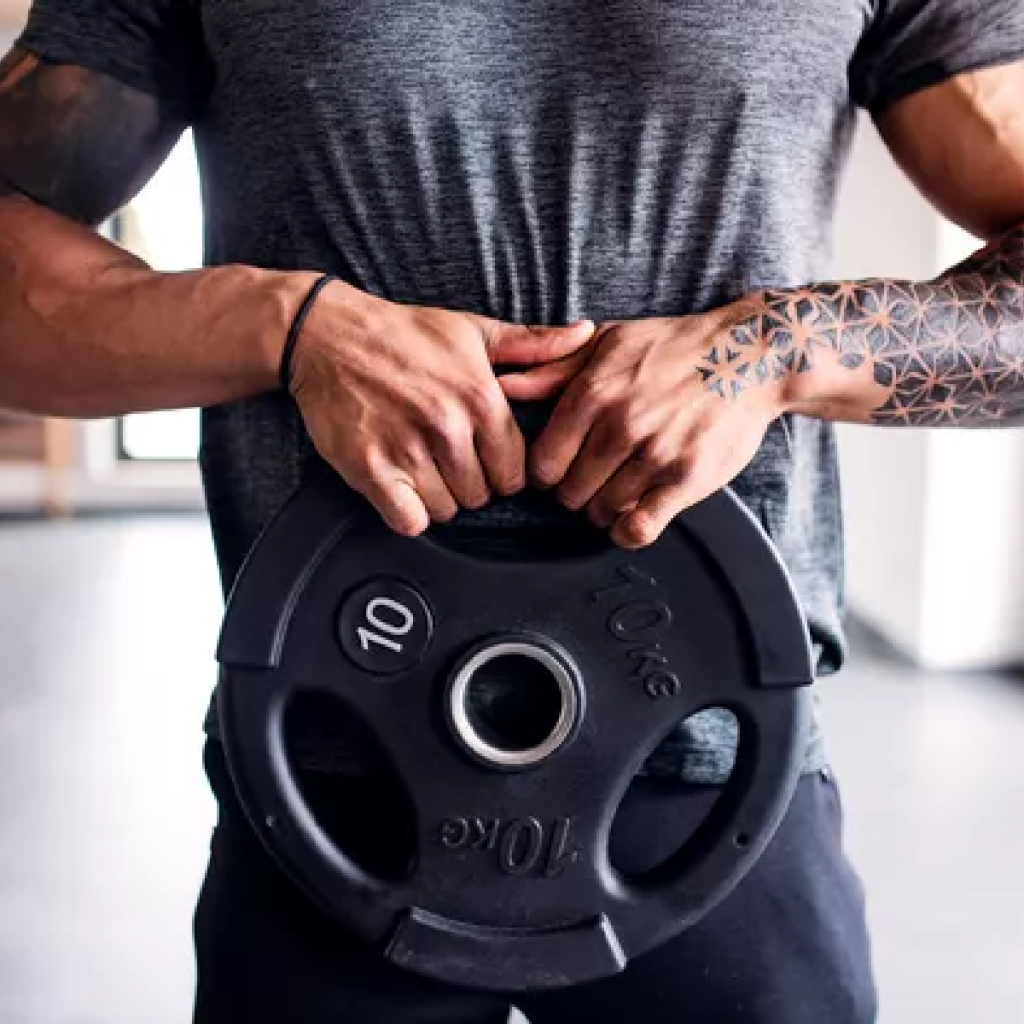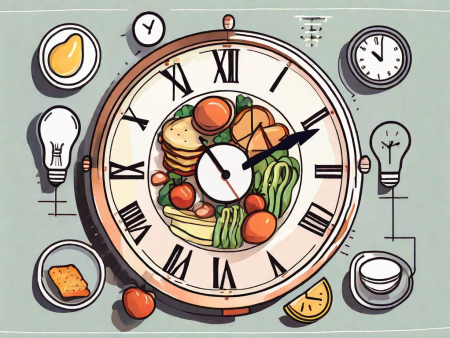Learn how to effectively build and strengthen your upper chest muscles with this comprehensive guide.
How to Build Upper Chest Muscles: A Guide to Strengthening Your Pectoralis Minor
Welcome to the ultimate guide on how to build your upper chest muscles and strengthen your pectoralis minor! If you’ve been dreaming of a well-defined chest that turns heads, you’re in the right place. We’ll break down the process into easy-to-follow steps, ensuring you have all the information you need to achieve your goals. So let’s dive in and start sculpting!

Understanding the Pectoralis Minor
Before we jump into the workout routines, let’s take a closer look at the pectoralis minor. This incredible muscle plays a crucial role in the development of your upper chest.
The pectoralis minor is not as well-known as its larger counterpart, the pectoralis major, but it is equally important in achieving a well-rounded chest. This small, triangular muscle is located underneath the pectoralis major and adds depth and definition to your upper chest.
Anatomy of the Pectoralis Minor
The pectoralis minor has a unique anatomy that sets it apart from other muscles in the chest. It originates from the third through fifth ribs and attaches to the coracoid process of the scapula, which is a bony projection near the shoulder joint.
Its triangular shape gives it a distinctive appearance, and when well-developed, it creates a visually appealing separation between the upper chest and the shoulder area. This separation, often referred to as the “clavicular groove,” is highly sought after by fitness enthusiasts and bodybuilders.
Function of the Pectoralis Minor
While the pectoralis major is responsible for the majority of chest movements, the pectoralis minor plays a crucial supporting role. Its primary function is to stabilize and rotate the scapula downwards, which is essential for various upper body movements.
Additionally, the pectoralis minor assists in lifting the ribcage, contributing to proper breathing mechanics and overall posture. This muscle helps maintain an upright and aligned position of the shoulder girdle, preventing rounded shoulders and promoting a strong and confident posture.
During physical activities such as push-ups, bench presses, and dips, the pectoralis minor works in conjunction with the pectoralis major to provide stability and control. It helps prevent excessive movement of the scapula, ensuring proper form and reducing the risk of injury.
Furthermore, a well-developed pectoralis minor can enhance your overall athletic performance. It improves shoulder mobility and stability, allowing for a greater range of motion in exercises involving the upper body, such as throwing, swimming, and overhead pressing.
Overall, understanding the anatomy and function of the pectoralis minor is essential for anyone looking to build a balanced and aesthetically pleasing chest. Incorporating exercises that target this muscle into your workout routine can help you achieve a well-defined upper chest and improve your overall posture and athletic performance.
Importance of Upper Chest Muscles
Building strong upper chest muscles offers a wide array of benefits beyond just looking amazing at the beach. Let’s explore why it’s worth dedicating time and effort to strengthen this specific area.
The upper chest muscles, also known as the pectoralis major and pectoralis minor, play a crucial role in various physical activities. These muscles are responsible for the movement of your arms and shoulders, allowing you to perform a range of pushing exercises with greater ease and efficiency.
Role in Physical Activities
Having well-developed upper chest muscles enhances your overall upper body strength. It improves your performance in pushing activities such as bench press, push-ups, and even everyday tasks like pushing heavy objects or shoving the occasional stuck door.
Imagine effortlessly pushing open a heavy door without straining your muscles or feeling fatigued. With strong upper chest muscles, you can confidently tackle physical challenges and excel in activities that require upper body strength.
Furthermore, these muscles also contribute to your stability and balance. They provide a solid foundation for your upper body, allowing you to maintain proper form and control during various exercises and movements.
Impact on Posture and Appearance
Building your upper chest muscles not only gives you a more chiseled look but also helps correct your posture. A strong pectoralis minor pulls your shoulders back, preventing that dreaded hunchback appearance. Stand tall and proud with a chest that exudes confidence!
Good posture is essential for overall health and well-being. By strengthening your upper chest muscles, you can counteract the negative effects of prolonged sitting and slouching. Your chest will open up, and your shoulders will naturally align, leading to improved spinal alignment and reduced strain on your neck and back.
Not only will you look taller and more confident with improved posture, but you will also experience increased lung capacity. When your chest is open and expanded, your lungs can fully expand, allowing for better oxygen intake and improved respiratory function.
In addition to the physical benefits, having a well-defined upper chest can boost your self-esteem and body image. It’s no secret that a sculpted chest is often associated with strength and masculinity. By dedicating time to develop your upper chest muscles, you can enhance your overall physique and feel more confident in your own skin.
So, whether you’re an athlete looking to improve your performance or someone who simply wants to enhance their appearance and posture, focusing on building strong upper chest muscles is definitely worth the effort. Start incorporating exercises that target this area into your workout routine and reap the numerous benefits that come with a well-developed upper chest!
Preparing for Your Upper Chest Workout
Now that you understand the importance of strengthening your pectoralis minor, it’s time to get your body ready for the ultimate upper chest workout. Building a strong upper chest not only enhances your physique but also improves your overall upper body strength and posture.
Before diving into intense exercises, warming up is essential to prevent injuries and maximize your workout’s effectiveness. It’s important to prepare your muscles and joints for the upcoming challenges. A proper warm-up routine can help increase your range of motion, improve blood circulation, and activate the muscles you’ll be targeting during your upper chest workout.
Warm-Up Exercises
Start your warm-up with some light cardio exercises to elevate your heart rate and increase blood flow throughout your body. You can choose activities such as brisk walking, jogging, or cycling for about 5-10 minutes. This will help raise your body temperature and prepare your cardiovascular system for the upcoming workout.
After completing your cardio warm-up, it’s time to focus on specific upper body stretches and mobility exercises. Dynamic stretches are particularly effective in loosening up your muscles and increasing blood flow to the target area. Consider incorporating arm circles, chest openers, and shoulder rolls into your warm-up routine. These exercises will help improve your shoulder flexibility and warm up the muscles in your chest, shoulders, and upper back.
Additionally, performing some light resistance band exercises can be beneficial for activating your upper chest muscles. Using a resistance band, you can do exercises like chest flyes and band pull-aparts to engage the muscles and prepare them for the upcoming workout.
Safety Measures and Precautions
Before embarking on any new exercise regimen, it’s crucial to consult with a healthcare professional, especially if you have pre-existing conditions or any concerns about your physical health. They can provide valuable guidance and ensure that you approach your upper chest workout safely.
When performing upper chest exercises, it’s essential to prioritize proper form and technique. This not only maximizes the effectiveness of the exercises but also reduces the risk of injury. Pay attention to your posture, engage your core muscles, and maintain a stable and controlled movement throughout each exercise.
Remember to listen to your body and avoid pushing yourself too hard too quickly. Progress gradually and allow your muscles time to adapt and grow stronger. Overexertion can lead to unnecessary strain and potential injuries. If you experience any pain or discomfort during your workout, it’s important to stop and assess the situation. Pushing through pain can exacerbate existing issues and hinder your progress.
In conclusion, preparing for your upper chest workout involves more than just jumping into intense exercises. Taking the time to warm up properly and implementing safety measures will set the foundation for a successful and injury-free workout. By prioritizing your physical well-being and gradually challenging your muscles, you can achieve optimal results and continue progressing in your upper chest training.
Effective Exercises for the Pectoralis Minor
Now, let’s dive into the fun part: the exercises that will bring out the best in your pectoralis minor. We’ve got a mix of bodyweight and weightlifting exercises to suit everyone’s preferences and fitness levels.
Bodyweight Exercises
No weights? No problem! You can still build a strong pectoralis minor using your body weight alone. Try exercises like push-ups, chest dips, and incline push-ups to target your upper chest effectively. These exercises engage multiple muscle groups and provide a solid foundation for muscle growth.
Push-ups are a classic exercise that not only work your pectoralis minor but also engage your triceps, deltoids, and core muscles. Start in a high plank position with your hands slightly wider than shoulder-width apart. Lower your body until your chest almost touches the ground, then push back up to the starting position. Aim for three sets of 10 to 15 reps.
Chest dips are another excellent bodyweight exercise that primarily targets your pectoralis minor. Find a set of parallel bars or use two sturdy chairs placed shoulder-width apart. Lower your body by bending your elbows until your upper arms are parallel to the ground, then push back up to the starting position. Perform three sets of 8 to 12 reps.
Incline push-ups are a variation of the traditional push-up that places more emphasis on your upper chest. Find an elevated surface like a bench or step and place your hands shoulder-width apart on the edge. Lower your body until your chest almost touches the surface, then push back up. Aim for three sets of 10 to 15 reps.
Weightlifting Techniques
If you’re ready to take things up a notch, incorporate weightlifting exercises into your routine. Barbell bench press, dumbbell incline press, and cable crossovers are fantastic for isolating and strengthening your pectoralis minor. Start with lighter weights and gradually increase the load as you become more comfortable and confident in your form.
The barbell bench press is a classic exercise that targets your pectoralis minor, as well as your triceps and shoulders. Lie flat on a bench with your feet firmly planted on the ground. Grip the barbell with your hands slightly wider than shoulder-width apart and lower it to your chest, then push it back up to the starting position. Perform three sets of 8 to 12 reps.
Dumbbell incline press is an excellent exercise for targeting the upper chest and pectoralis minor. Set an incline bench to a 45-degree angle and hold a dumbbell in each hand. Lower the dumbbells to your chest, then push them back up to the starting position. Aim for three sets of 10 to 12 reps.
Cable crossovers are a great exercise for isolating and sculpting your pectoralis minor. Stand in the middle of a cable machine with the pulleys set at shoulder height. Grab the handles with an overhand grip and step forward, allowing your arms to cross in front of your body. Return to the starting position by squeezing your chest muscles. Perform three sets of 12 to 15 reps.
Remember, consistency is key when it comes to building a strong and defined pectoralis minor. Incorporate these exercises into your workout routine at least twice a week, and don’t forget to give your muscles time to recover between sessions. With dedication and perseverance, you’ll be well on your way to achieving the chest of your dreams!
Creating a Balanced Workout Routine
While strengthening your pectoralis minor is essential, it’s equally important to create a balanced workout routine that targets all the major muscle groups. This approach ensures overall strength and symmetry throughout your physique.

Incorporating Other Muscle Groups
Don’t forget to dedicate time to exercises that work your other major muscle groups, such as your back, shoulders, and arms. This holistic approach promotes a well-rounded physique and prevents muscle imbalances that can lead to injuries.
Scheduling Your Workouts
Consistency is key in any fitness journey. Aim for at least three workouts per week, with days dedicated to specific muscle groups. Experiment with different schedules to find what works best for you, but make sure to allow sufficient rest and recovery time between workouts.
Conclusion
Congratulations! With this comprehensive guide, you’re armed with the knowledge to build strong upper chest muscles, focusing on the pectoralis minor. Remember to approach your workouts with dedication, consistency, and most importantly, a playful attitude. Enjoy the process and celebrate every small victory along the way. Your dream chest is within reach – let’s get started and build those impressive pectoralis minor muscles!







